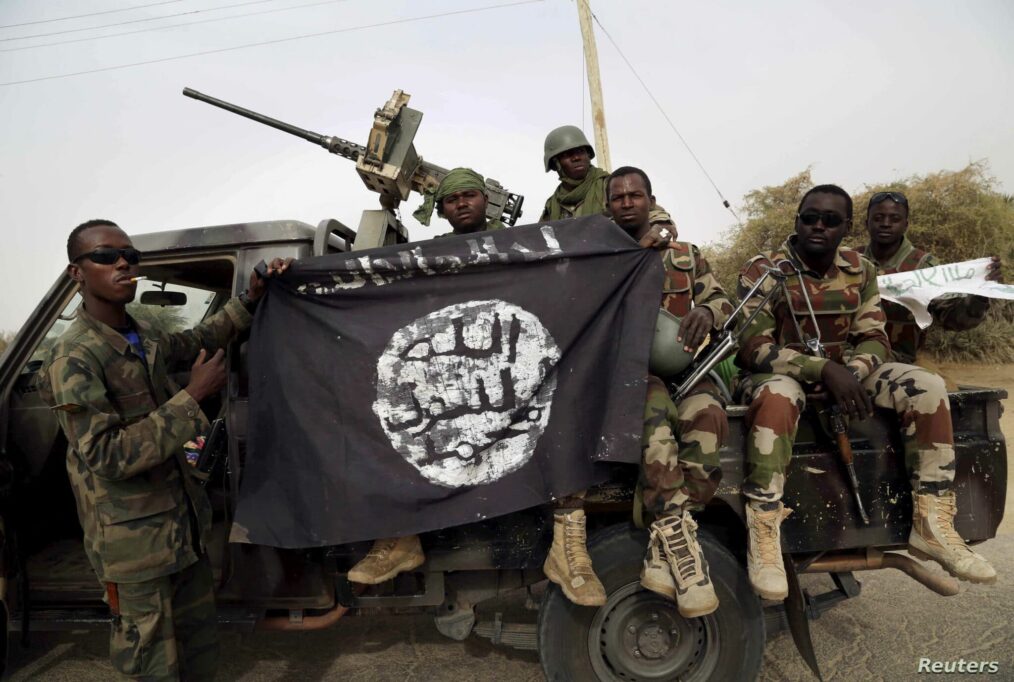The recent attack on the girl’s school in a Hazara neighborhood warrants discussion concerning the threat of Islamic State Khorasan (IS-K) in Afghanistan. No group has claimed responsibility for the attack that killed 85 and wounded over 100. However, IS-K has conducted similar operations in the past. The Hazara Shia are particularly threatened because IS ideology considers them to be more problematic than foreign actors. The group challenges the implementation of the delicate peace process between the Taliban and Afghan government. IS-K can also strain trust within the Taliban as more radical factions join the group to continue a successful insurgency. Due to the challenges of controlling territory, more civilian attacks are likely as the group struggles to maintain relevancy amid the American withdrawal. Terik-e-Taliban Pakistan (TTP) will also serve as a recruiting bed for the group to make inroads in the border region. The future of the Afghanistan after US troops leave is unclear, but IS-K may unify Taliban and government forces against a shared threat. To understand where IS-K fits into Afghanistan’s recent history, we must explore its beginnings.
IS-K History
Like other IS franchises, IS-K gained disaffected members of other terror groups. These groups operated autonomously until several high-ranking Al-Qaeda and Taliban leaders pledged allegiance to IS in 2014. These initial defections created a domino-effect of jihadists from Pakistan and Afghanistan joining the group. IS’s increasing notoriety in Iraq and Syria catalyzed its expansion. The Taliban and IS-K eventually declared war on each other because of ideological differences and competition for resources. From its stronghold in Nangarhar province,, IS-K began a campaign to overrun Taliban positions to consolidate its power. At one point, it controlled over one-third of the province. By 2015, the group began losing popularity because of its policies banning poppy cultivation and harsh interpretation of Sharia Law. Taliban, US, and Afghan offensives have weakened IS-K control over Nangarhar. Despite this, the group has responded with horrific suicide bombings on minorities and election centers around the country. Although it has little support in Pakistan, TTP defectors in the group have utilized Islamabad’s intelligence apparatus to increase its strategic depth in Afghanistan.
Challenge to the Peace Process
Although IS-K is a mid-level threat in Afghanistan, it still poses challenges to the implementation of a peace settlement, fostering trust between the Taliban and Afghan governments, and maintaining 2-decades of progress for women and minorities. For radical Taliban who disagree with peace negotiations, IS-K represents an alternative in order to continue their campaign against the central government. They will not negotiate a settlement, especially if the opponent approaches defeat. Tragic attacks on minority communities like Hazaras and Sikhs, women, and schools undermine public confidence in the government to maintain safety. Little faith in government motivates Afghans to join terror groups as well. These attacks reduce trust between the government and Taliban leaders if the latter provided support to IS-K. Although the two groups are technically at war, IS-K attacks provide Taliban leadership plausible deniability when they conduct attacks on security forces or “illegitimate” institutions. The recent attack on a girls’ school highlights the danger of losing hard-fought gains. The resilience of these institutions is unclear, but these attacks will quicken their deterioration. If a group threatens political rights, a civil war between ethnic militias jostling for influence could occur. A disenchanted public could prevent Afghanistan from overcoming its challenges and reaching its economic and social potential. Education is important to increase mobility and de-radicalize, but Afghanistan’s decades-long problems will persist without addressing these concerns.
Future Cooperation
The sincerity of the Taliban in peace negotiations is debatable, but IS-K presents an opportunity to fight a mutual threat. Beyond prisoner exchanges, the two parties do not trust each other. However, cooperating on this issue could set the foundation for greater security cooperation in the future. It would also mitigate radicalization concerns because people will not join extremist groups out of concern for safety. Here, the government will cooperate with an extremist group to counter an even greater threat. Like Afghanistan in the 1980’s, both sides must put aside differences to defeat a common enemy that complicates their negotiations. After each group deal with the external threat, a compromise in achieving their respective goals in Afghanistan becomes possible.
Link for Photo






